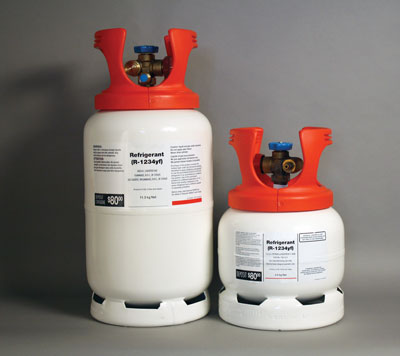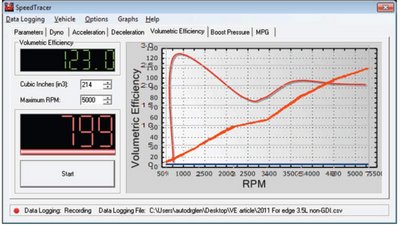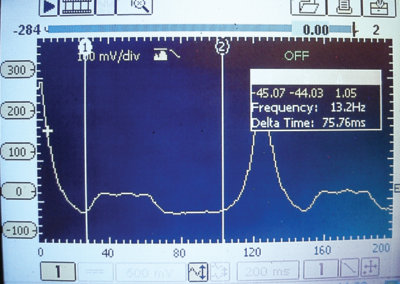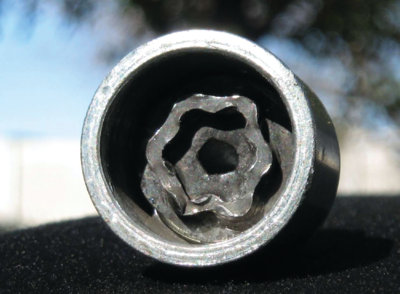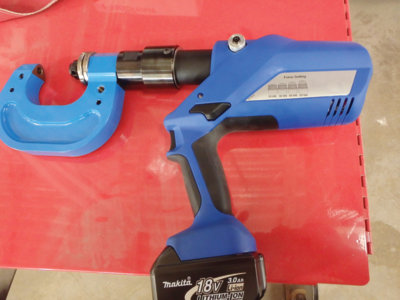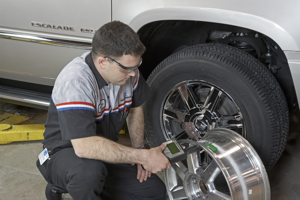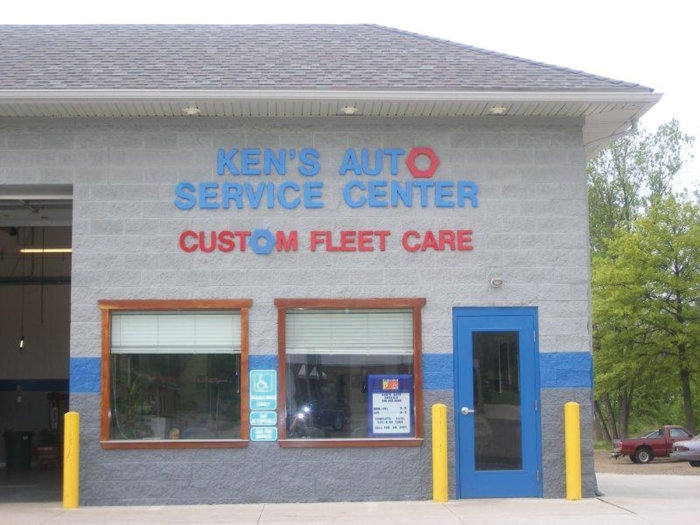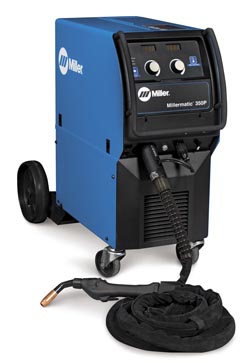 Miller Electric Mfg. Co.’s new aluminum welding system features a newly enhanced Millermatic 350P all-in-one MIG/Pulse MIG welder combined with the new XR-Aluma-Pro gun to provide superior 4000- and 5000-series aluminum feeding and welding performance. This new system comes with everything necessary to weld aluminum “out-of-the-box,” including the Millermatic 350P, a 25-ft. air cooled XR-Aluma-Pro gun, reversible .035-in.-3/64-in. u-groove drive rolls and a Teflon intermediate guide.
Miller Electric Mfg. Co.’s new aluminum welding system features a newly enhanced Millermatic 350P all-in-one MIG/Pulse MIG welder combined with the new XR-Aluma-Pro gun to provide superior 4000- and 5000-series aluminum feeding and welding performance. This new system comes with everything necessary to weld aluminum “out-of-the-box,” including the Millermatic 350P, a 25-ft. air cooled XR-Aluma-Pro gun, reversible .035-in.-3/64-in. u-groove drive rolls and a Teflon intermediate guide.
The Millermatic 350P includes new pulse programming to meet the specific welding requirements of 4000- and 5000-series aluminum, while providing a more forgiving arc and increased consumable life. When combined with the XR-Aluma-Pro push-pull gun, special calibration software syncs the motor speeds in the gun and power source to provide optimal feeding.
Additionally, an aluminum series-specific tension setting on the XR-Aluma-Pro eliminates wire-feeding problems and erratic arcs caused by an operator setting too much or too little wire tension.
Pulsed Program
“The Millermatic 350P’s pulse programs reduce the factors that adversely affect tip life and arc performance, especially with 5000-series wire,” says Chris Roehl, product manager, Miller Electric. “Operators are more productive since they can go much longer before having to change tips. The new programming also provides a softer, more forgiving arc that is quieter than before.”
Since 5000-series aluminum wire is not as pliable as 4000-series, it does not conform as readily to shape of the contact tip and does not have as much surface area to maintain good electrical contact. Too high of a peak pulse current can excessively wear down the contact tip at the point where contact is made and current flows between the tip and the wire. This leads to wire feeding problems and arc irregularities. When this happens, the operator must replace the tip.
However, the Millermatic 350P features wire-specific programs that maintain the optimal peak, background and pulse width parameters to extend tip life and increase the time between tip replacement.
Feeding
Typically, when it comes to drive roll tension settings, operators think more tension is better: however, 4000- and 5000-series aluminum have different feeding tension requirements. Because 4000-series aluminum is a softer wire it requires a lighter setting than 5000 series aluminum, which is a harder, more abrasive wire requiring more tension. Too much tension deforms the wire and creates metal savings, which create feeding problems by clogging the drive rolls and working their way into the head tube. This can lead to erratic feeding and wire burn-back. These problems increase downtime, maintenance time and consumables cost.
The XR-Aluma-Pro eliminates issues associated with too much or too little tension. When switching wire types, operators turn the selector to one series-specific tension setting or the other to get the optimal tension setting for that wire.
“The XR-Aluma-Pro’s pre-set tension settings eliminate the guesswork and guarantee optimum feeding to make the welder’s life easier,” says Mike Vandenberg, product manager, Miller Electric Mfg. Co.
For more information or to download a product spec sheet, visit Miller’s website at http://www.MillerWelds.com, call 1-800-4-A-MILLER (800-426-4553), fax 877-327-8132 or write to Miller Electric Mfg. Co., P.O. Box 100, Lithonia, GA 30058.


